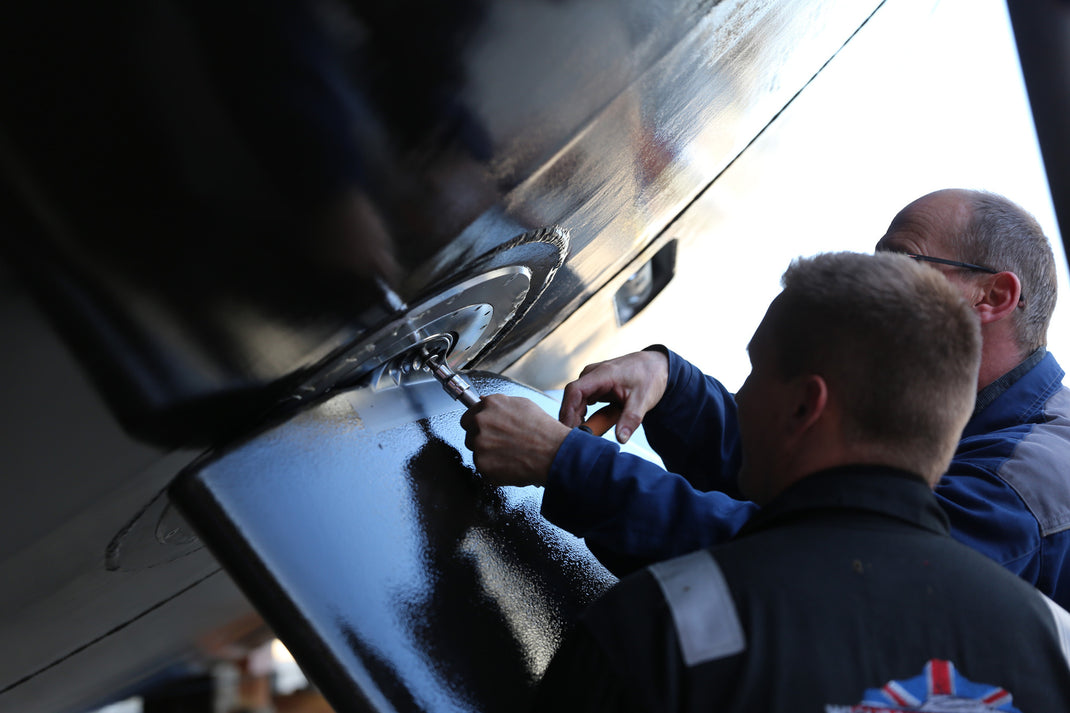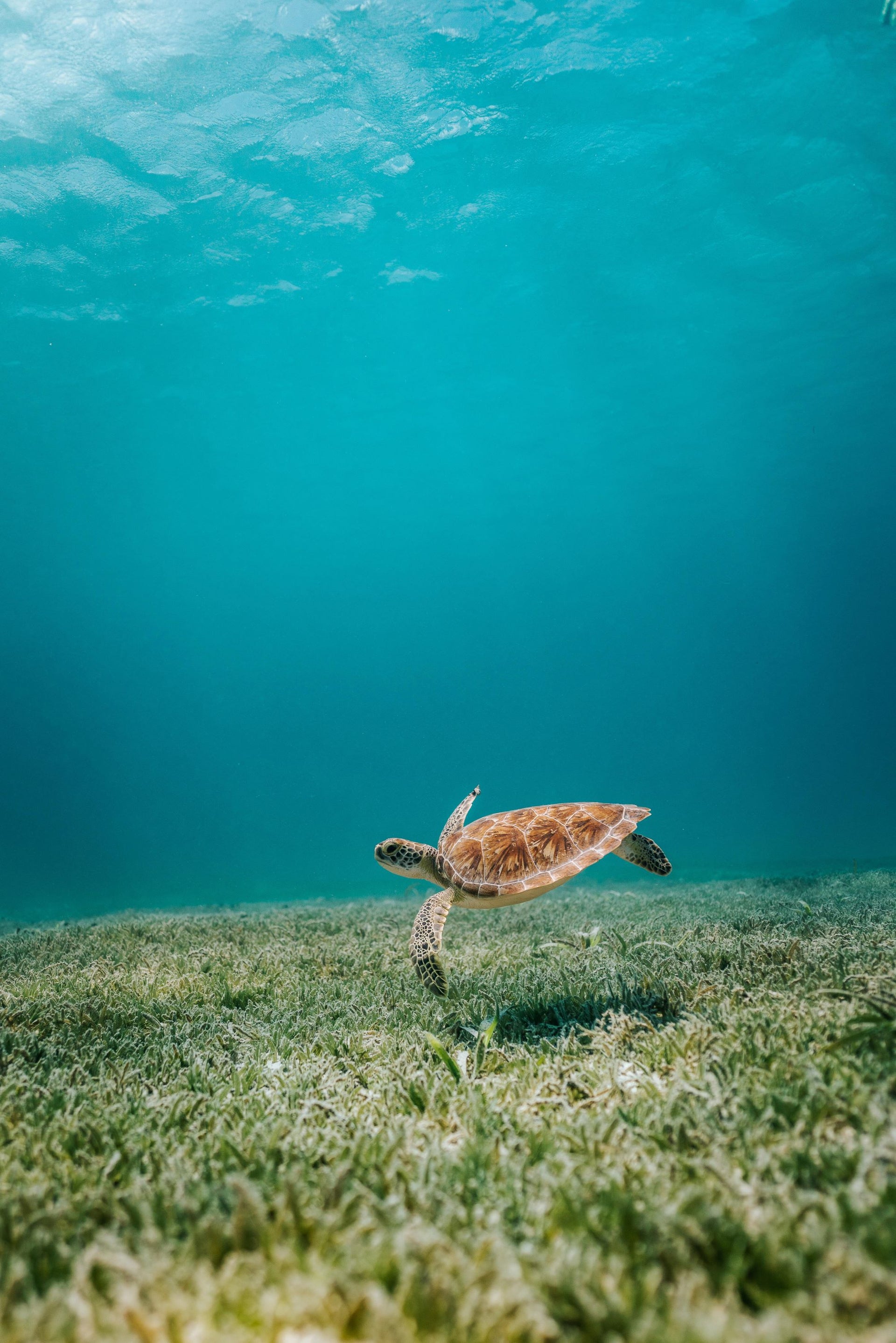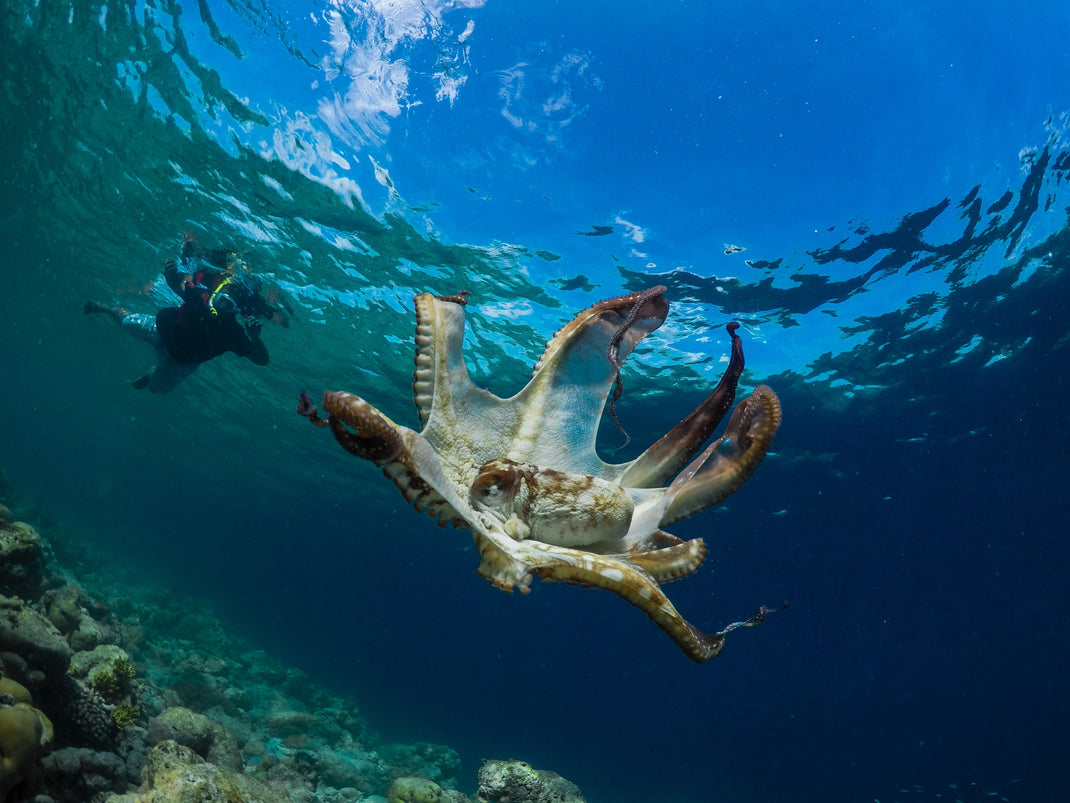
Functionality
The primary functional need of our products is that they can be trusted to repeatedly travel to and from the remotest corners of the earth and across the deepest oceans safely. Our design decisions stem from the functional demands of these environments.
Many of our products are required to be repurposed for a wide range of uses. For instance, a couple may wish to have a luxurious layout with a few cabins for a world cruise or a trip across the Southern Ocean. A marine research institution running a series of scientific studies may require lab space, more accommodation, towing equipment and lifting gear for the launch and retrieval of submersibles. A media production company may require easy access to the water for divers and a lot of free deck space for deploying under water equipment or drones.
We design our marine and overland machines so that its internal spaces can be changed to cater for a wide variety of uses – so extending their life and preserving value. Our garments are designed to protect and nurture you at the top of the mountain or hundreds of miles off shore where functionality .
Every design choice across all materials, processes and systems starts from this set of functional needs.
YVON CHOUINARDThe first precept of industrial design is that the function of a product should determine its design and materials

Durability
All of the Arksen team are experienced adventurers, be it at sea, on land or in the air. From this experience comes a respect for what it is like being out in the elements, and dependant on the performance of your equipment and gear to keep you safe.
Our vessels are designed to conform to RCD Category A, the highest ocean voyaging class. The structure has been engineered to comply with and exceed Lloyds Register ‘Special Service Craft’ rules to ensure heavy weather capability and improved structural safety. As a vessel that can cope in extreme conditions it is significantly more comfortable when in moderate seas. The same approach is taken when building Arksen Expedition vehicles from Land Rovers to Mercedes Unimog’s and EV bikes.
The ‘best’ materials to use for construction of all out products out are not always the easiest to manufacture or the cheapest on the market. For a product that is designed to survive in the harshest environments, only the highest quality and most durable materials will do.

Minimising Environmental Impact
Our approach to this vital design aspect is to not only be aware of what we are doing but to continuously ask ourselves along the way if we are doing enough.
We look at the full life cycle of each material and major component when choosing which ones to use within our designs. Understanding the real and holistic cost of each element is key to minimising the environmental impact of the overall product. This is a significant task in a large vessel or overland vehicle, and across the garments that we make because of the vast array of components and suppliers required.
We partner with manufacturing and engineering companies that themselves have holistic environmental and recycling policies and work to ensure that the integration of all the components does not unduly hinder end of life recycling. Beyond that, our choice of construction and materials starts from the premise that they must be sustainable at the source and easily recyclable at the end of life.
